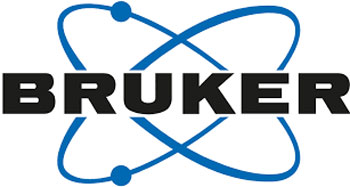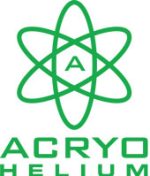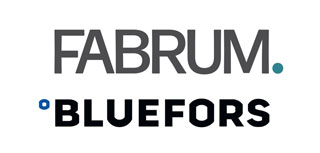
EVENT SPEAKERS
Confirmed Speakers for the 14th ANZMAG Conference
We are delighted to welcome an outstanding line-up of leading researchers, academics, and industry professionals who will be sharing their expertise at the upcoming ANZMAG Conference. Our speakers bring a wealth of knowledge from across the fields of magnetic resonance and related disciplines, offering fresh insights, innovative research, and practical applications.
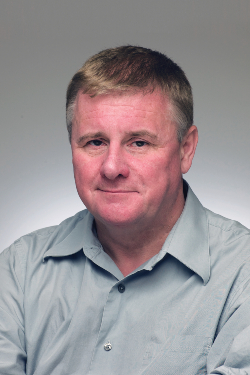
Jeremy Nicholson
Murdoch University, Perth, Western Australia
Jeremy Nicholson obtained his BSc in marine biology with honours from Liverpool University and his PhD in biochemistry from St Thomas's Hospital Medical School (King's College, London University). He has worked at Birkbeck College, London University and at the London School of Pharmacy, becoming full Professor in 1992. In 1998, he became Professor and Head of Biological Chemistry at Imperial College London. Nicholson was appointed Head of the Department of Surgery and Cancer at Imperial College London in 2009. In December 2012, Nicholson became the Director of the MRC-NIHR National Phenome Centre and launched the International Phenome Centre Network (IPCN) in 2016. Nicholson moved to Perth, Western Australia in 2018 to take up the role of Pro Vice Chancellor of Health Sciences at Murdoch University. Nicholson is the founder director, chief scientist and chief scientist officer at Metabometrix Limited, an Imperial College London spin-off company incorporated in April 2000 and specializing in molecular phenotyping, clinical diagnostics and toxicological screening via metabonomics and metabolomics. He is also a founder and scientific advisor of Melico Sciences Limited incorporated in 2017 and specializing in metabolic life coaching. Nicholson is known for having been an early pioneer in NMR-based metabolomics. His research interests include spectroscopic and chemometric approaches to the investigation of disturbed metabolic processes in complex organisms.
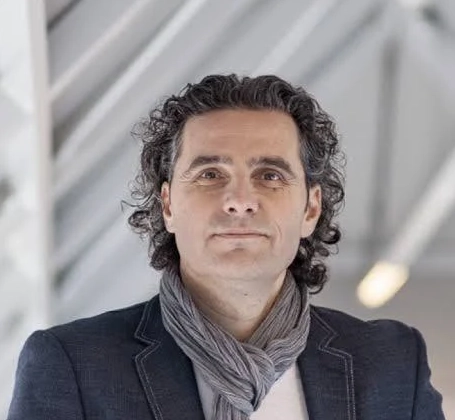
Alexandre Bonvin
Utrecht University, Utrecht, Netherlands
Alexandre Bonvin is professor of Computational Structural Biology and scientific director of the Bijvoet Centre for Biomolecular Research at Utrecht University. Bonvin researches how biomolecules such as proteins, nucleic acids and lipids interact with each other. In his research, Bonvin tries to uncover the social life of proteins, or how they recognise each other in order to carry out their work. The form of the proteins plays an important role in this, and these can only be researched using advanced computer models. Bonvin’s computer models provide an insight into the various processes that take place within the body, in minute detail. In this way, his research is the start of a chain process which enables the targeted development of new medications. As the coordinator of the European WeNMR project (worldwide e-Infrastructure for NMR and structural biology), Bonvin also ensures that the latest computer models and technologies are made available to fellow researchers around the world. In this way, his fundamental research makes an important contribution to applied science.

Martyna Judd
Northwestern University, Illinois, USA
Martyna Judd is a Postdoctoral Researcher in Prof. Songi Han’s laboratory in the Department of Chemistry at Northwestern University (USA). She received her PhD in 2025 from the Australian National University in Prof. Nick Cox’s group, where she developed new methods for high-field EPR spectroscopy. These included new approaches to distance measurements in proteins at W-band (94 GHz) using 19F ENDOR , as well as hardware development for general-purpose Q-band (34 GHz) EPR resonators. She joined the Han Lab at Northwestern in June 2025, where she is now researching improving methods and probe design for measuring 19F using static and MAS NMR/DNP at high magnetic fields, with a focus on biological and pharmaceutical applications.
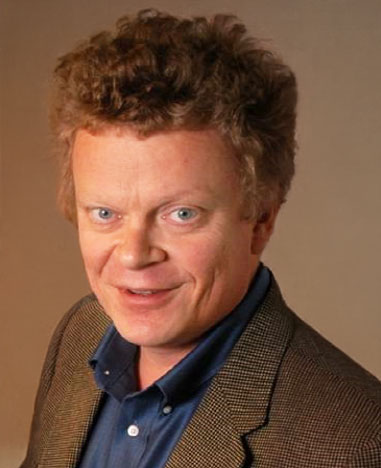
Alex I. Smirnov
The Governor Robert W. Scott
Distinguished Professor of Chemistry
Department of Chemistry, North Carolina State University, Raleigh, North Carolina, USA
Dr. Alex I. Smirnov is the Governor Robert W. Scott Distinguished Professor of Chemistry, College of Sciences at North Carolina State University (NCSU), USA. He received Ph.D. in Chemical Physics in 1990 from the Moscow Physical Technical Institute & Institute of Chemical Physics of the Soviet Academy of Science, Moscow, Russia. Before joining NCSU in 2000 he was an Associate Director of the Illinois EPR Research Center – a National Institutes of Health (NIH) Research Resource at the University of Illinois at Urbana-Champaign, IL, USA. In 1998 Dr. Smirnov was awarded a Young Investigator Medal from the International Electron Paramagnetic Resonance (EPR) Society - a triennial award. He is also a recipient of the NCSU Alumni Association Outstanding Research Award in 2014. To this date Prof. Smirnov coauthored >180 peer reviewed papers. Prof. Smirnov’s main research activities are devoted to interdisciplinary areas of nanotechnology, physical chemistry and biophysics of interfaces, lipid bilayers and membrane proteins, quantum sensing, magnetic resonance and development of high field EPR and DNP NMR instrumentation.
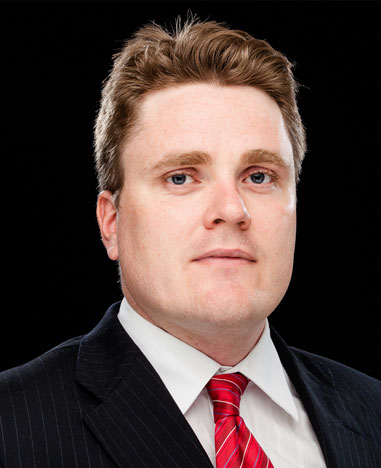
Einar Fridjonsson
University of Western Australia, Australia
Dr. Einar Fridjonsson is an Associate Professor and Program Chair at the Department of Chemical Engineering at the University of Western Australia. He specialises in the application of Nuclear Magnetic Resonance for engineering applications. Areas of interest include flow metering, separation processes for water management, technical aspects of the future hydrogen economy and materials for mining operations, in particular cemented paste backfill and tailings management. Dr Fridjonsson conducted his PhD research under the supervision of Prof. Joe Seymour and Prof. Sarah Codd at the Magnetic Resonance Laboratory at MSU-Bozeman, and subsequently was a Research Associate at the MRRC at the University of Cambridge, before his current appointment at the University of Western Australia.
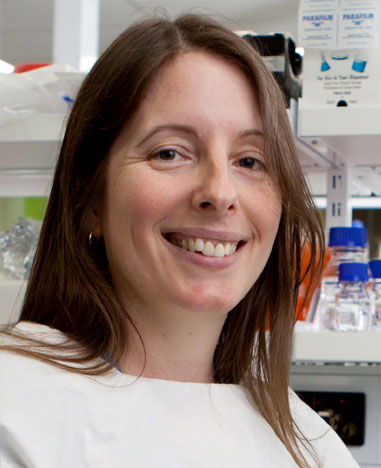
Norelle Daly
James Cook University, Australia
Norelle Daly is a Professor at the Centre for Biodiscovery and Molecular Development of Therapeutics at James Cook University. She completed her PhD at The University of Queensland on ‘Structural Studies of the Ligand-Binding Repeats of the LDL receptor'. Following these studies she was involved in establishing a new field of research involving plant derived cyclic peptides. This work resulted in several granted patents and the establishment of a small biotechnology company associated with The University of Queensland. She was a recipient of a Research Excellence Award from The University of Queensland and has previously held an NHMRC Industry Fellowship and a Queensland Smart State Fellowship. In March 2012 she took up her ARC Future Fellowship at the Queensland Tropical Health Alliance. Her research interests include exploring the potential of natural products as novel drug leads for the treatment of cancer and inflammatory diseases.
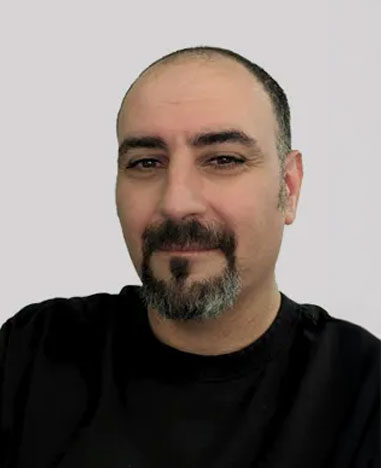
Mehdi Mobli
The University of Queensland, Australia
Prof. Mehdi Mobli (BSc ChemEng, Chalmers, 2000, Sweden) earned his PhD in physical organic chemistry from the University of Liverpool (UK) in 2004 through a collaborative project with GSK, where he focused on developing nuclear magnetic resonance (NMR) methods for automated characterisation of drug-like molecules. He pursued postdoctoral research at the University of Connecticut Medical School (USA), the University of Manchester (UK), and the University of Queensland, contributing to fast acquisition methods in multidimensional NMR spectroscopy and the structural characterisation of venom peptides. He also serves as a founding Executive Editor of Magnetic Resonance (Copernicus), sits on the advisory board of the Biological Magnetic Resonance Data Bank (BMRB) and the Protein Databank (PDB), and is a member of the Board of Directors of the Australia and New Zealand Society for Magnetic Resonance (ANZMAG).
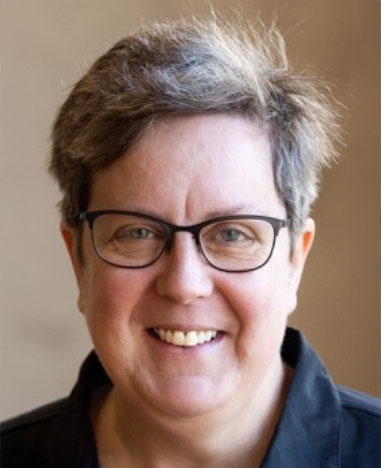
Leigh Johnston
The University of Melbourne, Australia
Leigh Johnston is the Director of the Melbourne Brain Centre Imaging Unit and Head of the Department of Biomedical Engineering at the University of Melbourne. She is the Director of the UoM node of the National Imaging Facility, and Chair of the Victorian Biomedical Imaging Capability. Leigh’s research interests focus on the design of MRI and PET acquisition and analysis methods that enable improved brain imaging.
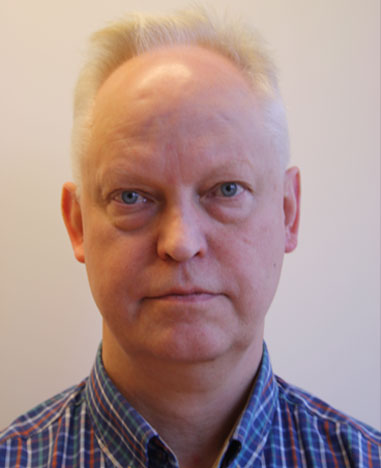
Göran Widmalm
Stockholm University, Sweden
Göran Widmalm obtained his Ph.D. in Organic Chemistry at Stockholm University in 1988 under the supervision of Prof. P.-E. Jansson. His thesis work dealt with structural determination of polysaccharides using a large arsenal of chemical methods, NMR spectroscopy and the development of a computerized approach to structural determination of oligo- and polysaccharides (CASPER). He was a postdoctoral fellow at the Biophysics Laboratory, CBER/FDA in Bethesda (NIH campus), MD, USA where he carried out molecular dynamics simulations of biomolecules having Dr Richard W. Pastor as a mentor and performed NMR experiments under the guidance of Dr William M. Egan and Dr R. Andrew Byrd. He returned to Stockholm University as an assistant professor and became Docent in 1991. Between 1995 and 1998 he was an associate professor and since 1999 he holds a position as full professor of Bioorganic chemistry. His research interests span from structural investigation of complex glycans, complemented by bioinformatics, to ligand–receptor interaction studies by employing a range of NMR spectroscopy techniques and computational chemistry methods.).
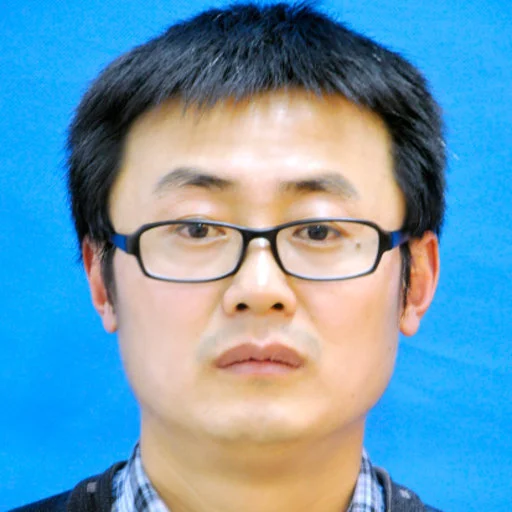
Xun-Cheng Su
Nankai University, China
The main interest in Su’s group is development of lanthanide binding tags in site-specific labeling of proteins and nucleic acids for biological magnetic resonance. The lab has been focusing on the generation of stable C-S bonds between proteins, and spin labels for in-cell NMR and EPR analysis of proteins and nucleic acids. The group developed a unique thiol-specific reactive group, phenylsulfonyl pyridine moiety, and this method has been widely used in site-specific labeling of proteins with paramagnetic tags. Recently, this lab developed a method in determining 3D structures of transient protein complexes that are short-lived species in low abundance by combination of site-specific tagging proteins and paramagnetic NMR. In addition, the group is developing 19F-NMR methods in quantitative determination of biological small molecules under physiological conditions and monitoring the activity of biomolecules in live cells.

Beatriz Jimenez Garrido
The University of Adelaide, Australia
Beatriz have worked in a variety of fields with NMR being a constant theme. She started her career as inorganic chemist working on the characterisation of the metal centre of metaloproteins and soon after developed a strong interest structural biology and the characterisation of protein function. This led to work in NMR pulse sequence development, in order to be able to optimise the experiments and obtain more information. Given her interest in how NMR can be used to answer biologically relevant questions, she soon became interested in Metabonomics and have now been working in the field for a number of years, first at Imperial College where she was in charge of the NMR section of the Clinical Phenotyping Center, and now at the University of Adelaide.
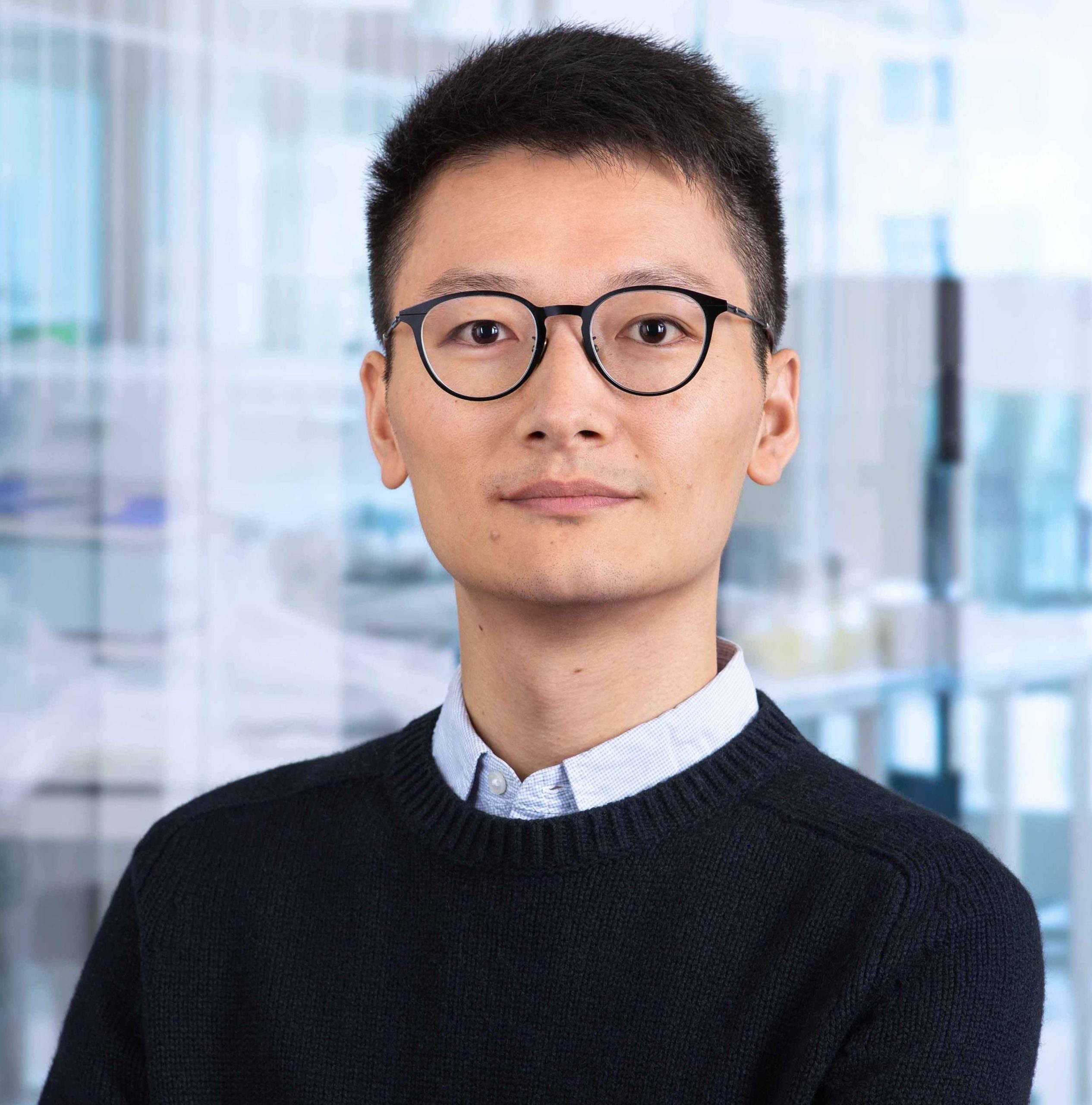
Fengjie Wu
University of Basel, Switzerland
Fengjie Wu is an Ambizione fellow supported by Swiss National Science Foundation (SNSF) and junior group leader at Biozentrum, University of Basel, Switzerland. He received his Ph.D. in 2020 from the University of Melbourne under the supervision of Prof. Paul Gooley and A/Prof. Daniel Scott. He then moved to Basel and did his postdoc with Prof. Stephan Grzesiek, where he developed the “GPS-PCS” NMR method that solves the assignment problem for large proteins. He also develops new isotopic labeling methods for eukaryotic expression system. Over the last ten years, Fengjie has been focusing on applying NMR to understand the mechanism of biological systems, in particular the G protein-coupled receptors.
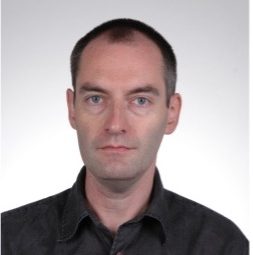
Siegfried Stapf
TU Ilmenau, Germany
Siegfried completed his PhD at Universität Ulm in 1997, before undertaking post doctoral work at University of Nottingham and his habilitation at RWTH Aachen. In 2007 he was appointed full professor in technical physics / polymer physics at TU Ilmenau. His research interests are in molecular dynamics in soft matter: polymers, elastomers, mesophases. Fluids under confinement and mechanical stress. Quantification of order phenomena – self organization and nanoscopic
domains. Establishing and applying NMR techniques over a broad time scale (field
cycling) and integration with classical methods for a consistent description of
soft matter dynamics. Linking NMR with Electron Spin Resonance (ESR) and Dynamic Nuclear Polarization (DNP). Development of advanced NMR imaging methods for the visualization of complex flow phenomena. Quantification and analysis of flow: relation between matrix structure and transport, rheology with transfer towards rock/soil and environmental issues.
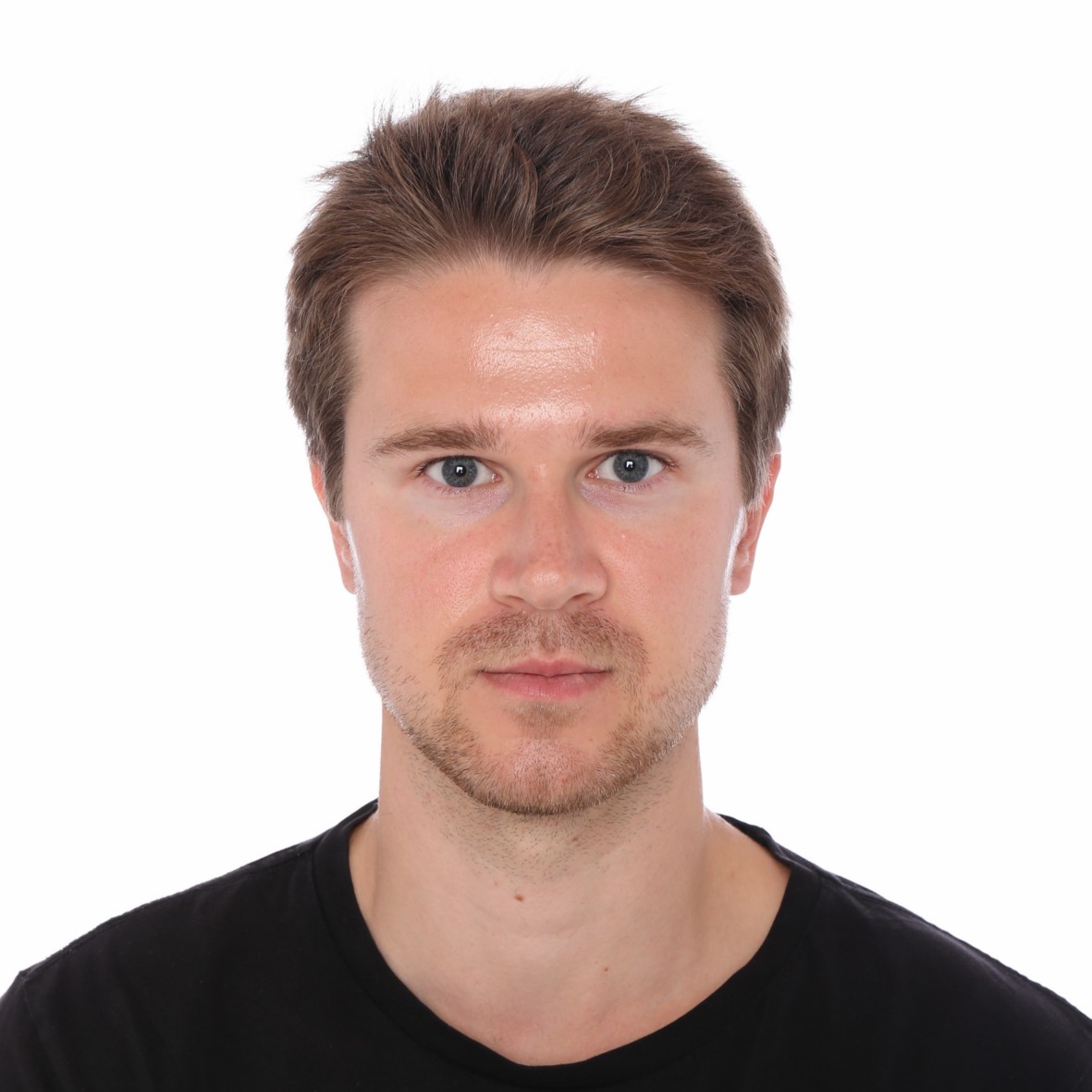
Rihards Aleksis
Latvian Institute of Organic Synthesis, Latvia
Dr. Rihards Aleksis carried out his Bachelor’s and Master’s theses at the Latvian Institute of Organic Synthesis (LIOS), studying protein-ligand interactions, protein structure and dynamics using liquid-state NMR. He then pursued a PhD at Stockholm University under the guidance of Prof. Andrew J. Pell, developing solid-state NMR methods for quadrupolar nuclei and applying them to paramagnetic materials. He subsequently joined Prof. Lucio Frydman’s group at the Weizmann Institute of Science as a postdoctoral researcher, where he developed sensitivity-enhanced methods for both liquid- and solid-state NMR as well as magnetic resonance imaging. He has recently returned to LIOS as a researcher, focusing on advancing NMR methodologies for applications in structural biology and materials science.

